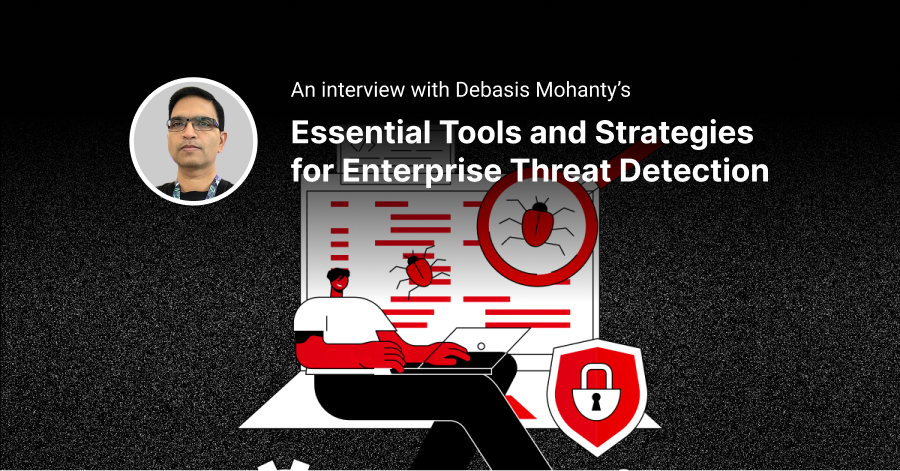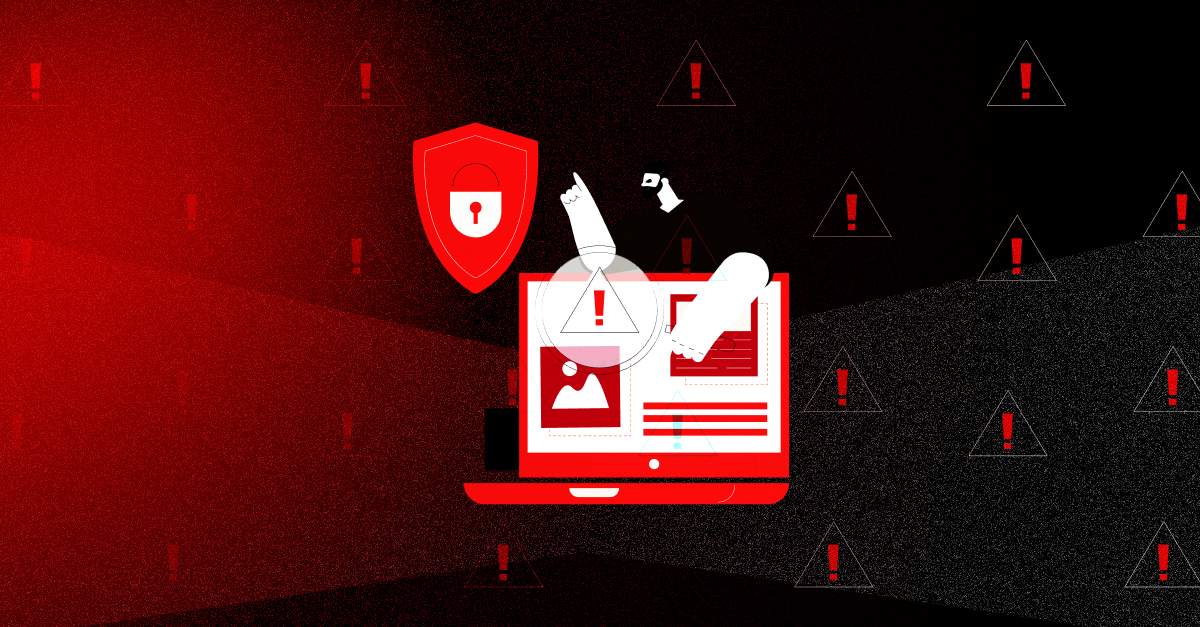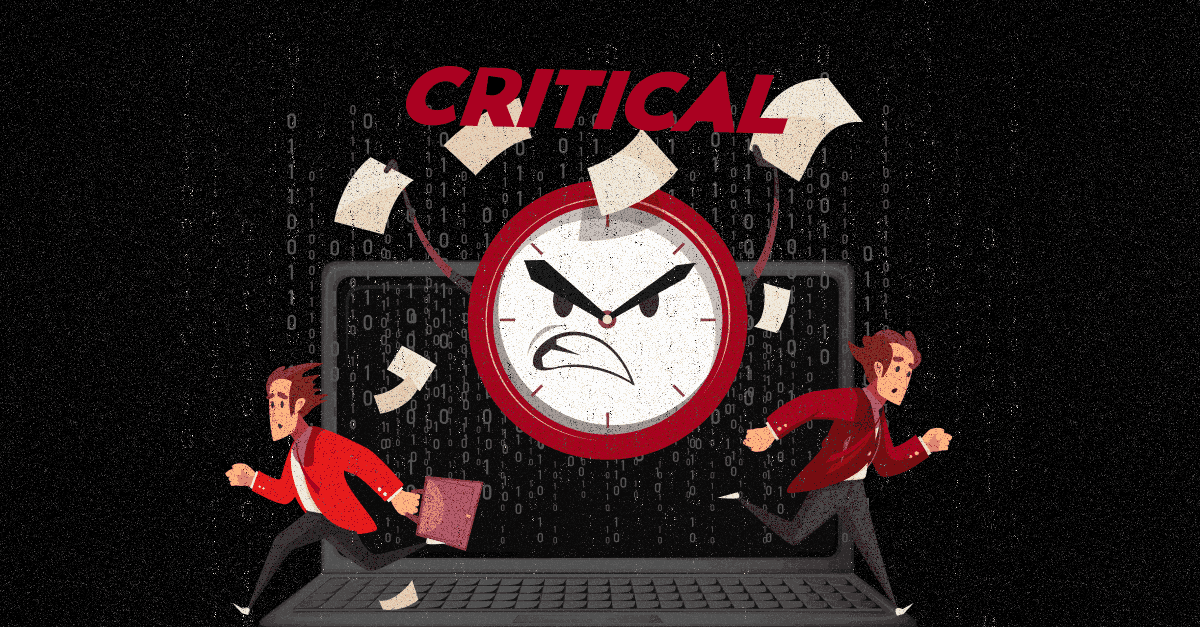Incident response is about limiting damage and restoring operations as efficiently as possible. A well-prepared IR plan needs clear visibility, fast decision-making, and seamless coordination. Otherwise, security teams are stuck in reactive mode, responding to threats without the complete picture. XDR strengthens IR plans by automating detection, correlating alerts, and simplifying investigations, ensuring that teams can contain threats quickly and effectively.
Why Incident Response Still Feels Like a Losing Battle
Incident response often feels like chasing shadows. Security teams rely on multiple tools to detect threats, but when an attack unfolds, scattered data and fragmented insights create more confusion than clarity. Without a way to consolidate information and prioritize actions, valuable time is wasted sifting through alerts instead of mitigating real threats.
What Security Teams Are Saying
Incident response often feels like chasing shadows. Security teams rely on multiple tools to detect threats, but when an attack unfolds, scattered data and fragmented insights create more confusion than clarity. Without a way to consolidate information and prioritize actions, valuable time is wasted sifting through alerts instead of mitigating real threats.
Common Challenges in Incident Response
- Lack of audit logging complicates investigations – When security events occur, the absence of proper logging can leave responders blind to what actually happened, forcing them to rely on assumptions instead of concrete data.
- Unclear asset inventory slows response – When teams don’t have an up-to-date record of what systems and software they’re protecting, even simple tasks like determining the scope of an attack become time-consuming.
- Poor collaboration between IT and security teams – Security teams often depend on IT for access and remediation, but if communication breaks down, response times suffer.
- Overcrowded incident response calls hinder efficiency – Large-scale security incidents often pull in too many participants, leading to inefficiency when only a handful of people are actively contributing.
- Slow vendor response times – Some managed security providers take too long to escalate and resolve incidents, especially outside regular business hours, delaying containment efforts.
The result? Attackers move faster than defenders, and security teams are left playing catch-up.
How XDR Enhances Incident Response Readiness
Think of XDR as the command center your IR team always wanted. Unlike traditional security tools that operate in silos, XDR pulls in data from across your entire environment—endpoints, networks, emails, cloud services—and automatically correlates threat signals. Instead of 100 disconnected alerts, you get a single, high-confidence incident report with all the context you need.
Here’s why that matters:
- Faster threat detection – XDR identifies malicious activity earlier by connecting seemingly unrelated events.
- Smarter response – Instead of chasing alerts manually, analysts get automated attack storylines, making it easier to prioritize real threats.
- Less noise, more signal – AI-driven correlation cuts down on false positives, so your team can focus on actual incidents.
Integrating XDR into Your Incident Response Strategy
Here’s how XDR enhances each stage of incident response:
1. Detection: Spotting Threats Before They Escalate
XDR continuously monitors your network, endpoints, cloud workloads, and emails for anomalous behavior. Unlike traditional rule-based detection, which requires predefined signatures, XDR uses behavioral analytics and machine learning to catch advanced threats—even zero-days and fileless attacks.
2. Real-World Speed: MDR/XDR in Action
MDR/XDR solutions have been observed detecting threats in as little as 10-15 minutes—even after hours. Compare that to organizations relying on siloed tools, where threats can go unnoticed for hours or even days.
3. Investigation: Connecting the Dots in Real-Time
Investigating an incident manually is like piecing together a crime scene with blurry security footage. XDR automates that process by mapping the attack timeline, showing how threats moved across systems, and identifying the root cause.
Example: If malware spreads from an endpoint to a cloud service, XDR visualizes the entire attack chain—highlighting affected assets, lateral movement, and suspicious privilege escalations—all in one dashboard.
4. Containment: Stopping Threats in Their Tracks
Once a threat is identified, XDR doesn’t just throw it over the fence to your analysts. It can automate containment actions based on pre-configured policies. This means quarantining infected devices, blocking malicious domains, or revoking compromised credentials within seconds.
Example: If XDR detects a phishing attack leading to a malware infection, it can instantly isolate the affected machine, revoke the compromised user’s session, and block further email-based attacks—all without waiting for human intervention.
5. Eradication & Recovery: Getting Back to Business Faster
After containing the threat, the next step is ensuring the attacker has no way back in. XDR assists with root cause analysis, identifying security gaps, and providing actionable remediation steps. Some platforms even integrate with SOAR (Security Orchestration, Automation, and Response) to orchestrate additional recovery actions across your security stack.
Example: If an attack exploited an unpatched vulnerability, XDR can suggest patching recommendations, trigger a vulnerability scan, and enforce new security controls to prevent recurrence.
Making the Most of XDR: Lessons from the Field
- Sync your logs properly – Mismatched time zones in logs slow down investigations. XDR helps by normalizing timestamps across different sources, ensuring consistency.
- Encourage collaboration between IT and Security teams – Lack of coordination between these teams can hinder investigations and prolong incident resolution. A well-integrated XDR system fosters better communication by providing a centralized source of truth.
- Hold vendors accountable – If an external provider is slow to respond, it may be time to reevaluate the partnership. Some XDR solutions offer automated, real-time response, minimizing delays during critical incidents.
-
- Refine automated response strategies – Not every alert should trigger an automatic action. Using
tiered automation ensures high-confidence threats are immediately addressed, while lower-priority alerts receive manual review.
Conclusion
XDR is as close as it gets when it comes to boosting incident response readiness. Integrating detection, investigation, and response into a single platform allows XDR to reduce alert fatigue, accelerate containment, and improve overall security outcomes.
If your IR team is tired of chasing alerts, struggling with slow investigations, or missing critical threats due to siloed tools, it might be time to rethink your approach.
Because in cybersecurity, speed isn’t just an advantage—it’s survival.






